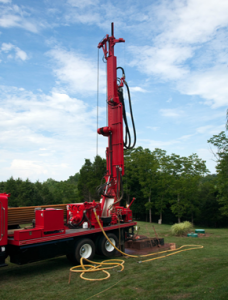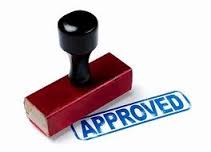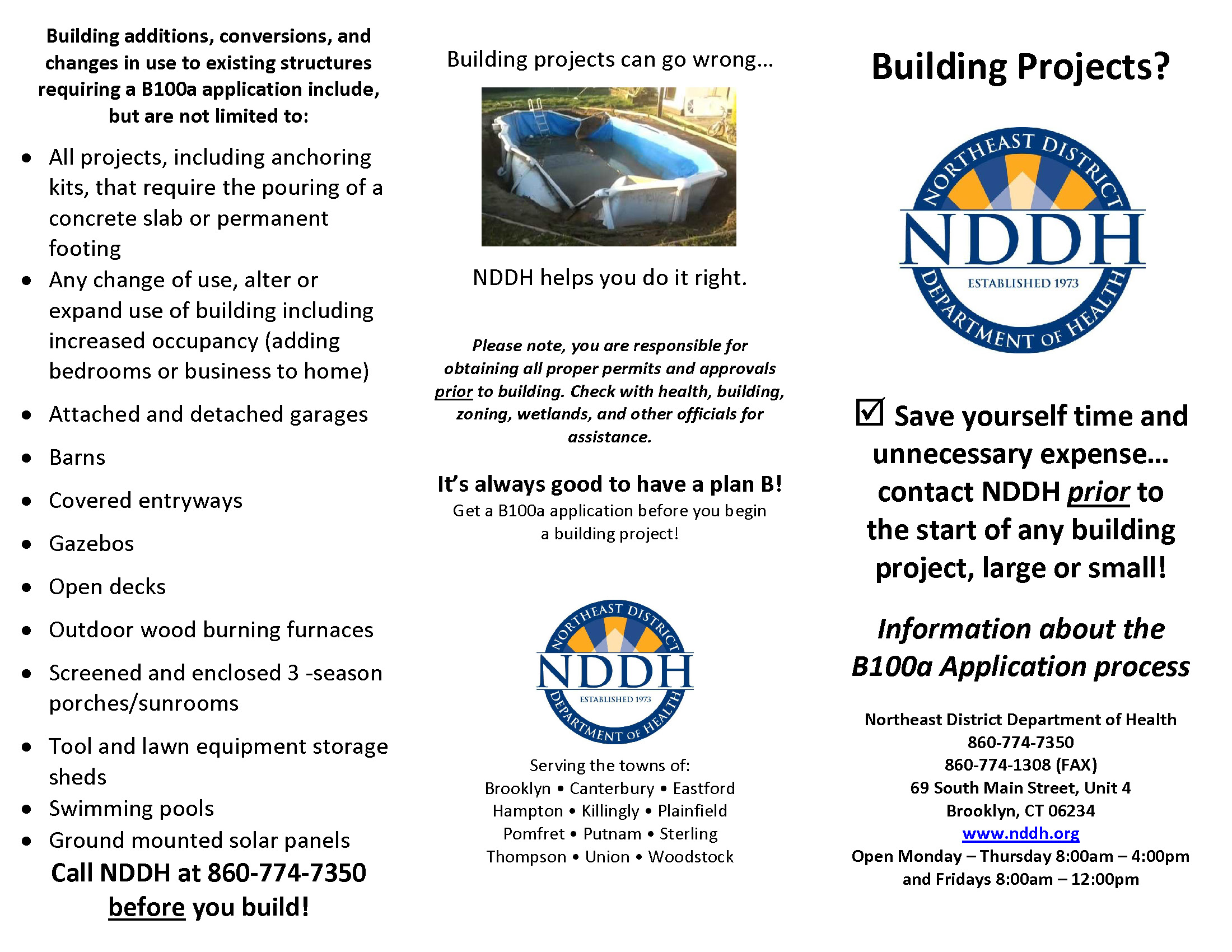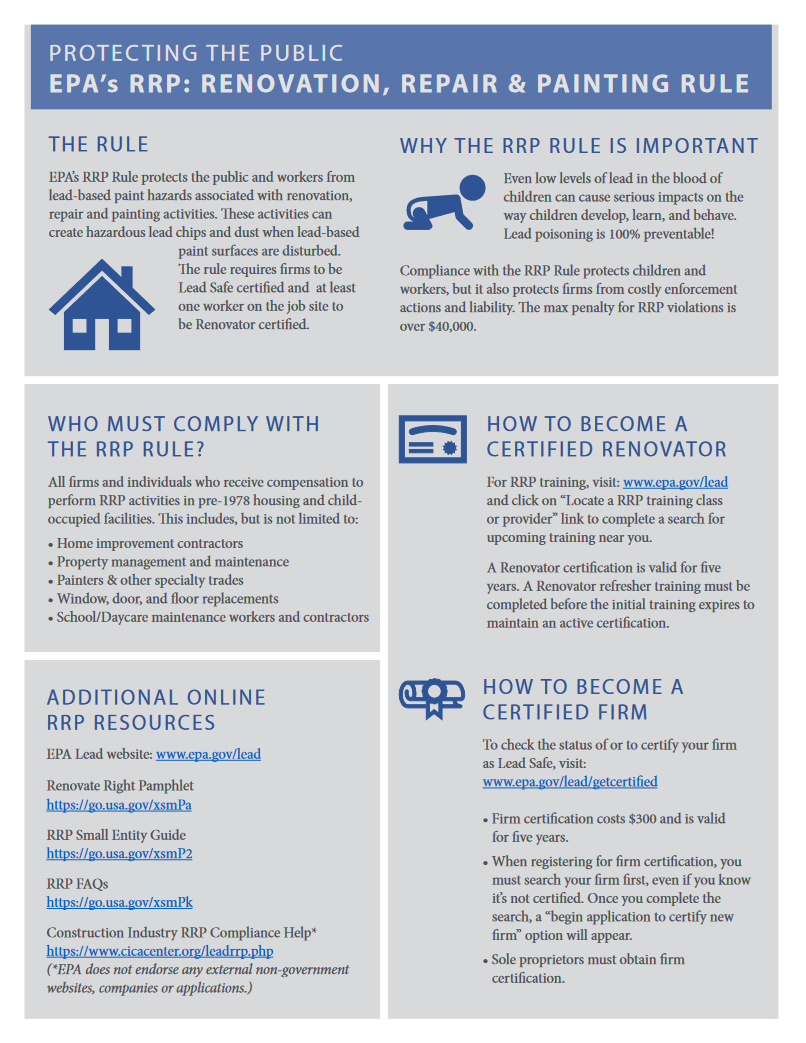Building & Construction
A Public Health Guide for Home Construction
If you are planning a construction project, you may need to submit a permit application with NDDH if your property has, or will have, a private well or septic tank. A B100a, B51D, or File Application “B” might be required depending on your project.
Existing Construction:
- A B100a is required to convert an existing structure or change the use of an existing building such as adding a pool, garage, deck, or other structures.
New Construction:
- A B51D application is required for new construction that will have city (public) sewer with a private well
- A File Application “B” is required for new construction with a septic system and a private well
Site Investigation/Soil Testing
Download the file Application B, which must be completed and returned to the NDDH office accompanied with the appropriate fee, which can be found in the Fee Schedule on the Forms & Permits page. Once this paperwork is received one of our sanitarians will contact you to schedule the site investigation. The following steps should be followed prior to our staff conducting the site investigation:
- Deep test holes, at least 7 feet deep, are required in both the primary and reserve area for the proposed septic system. Typically, two test pits are dug in the primary septic area, and one in the reserve. One end of each hole must be sloped for easy access.
- A percolation test hole 6-12 inches in diameter / 18-24 inches deep must be located in the area of the new system. The percolation hole is usually located between the two deep test holes.
- Pre-soak the percolation hole. Fill the hole with water 1-24 hours prior to the time of testing.
- A minimum of 5 gallons of water must be placed near the percolation hole for the sanitarian to conduct the perc test at the time of the soil testing appointment.
- Determine the number of bedrooms that will be in your new home.
After completion of the site investigation, NDDH will send a copy of the results to you. These results will indicate if the property requires an engineered septic system. Recommendations as to the size of the system will be indicated on the last page of the soil data sheets.
If you are purchasing property that has been soil tested, be sure to contact our office to secure a copy of the soil data. This will assist you in determining if you will need an engineered septic system. Please provide street name, map, block, and lot number when you contact NDDH for this information. Also supply the previous owner’s name if available. By providing this information to us, it will expedite the time required to locate the correct file.
If you have now determined that this is the lot for your dream house, provide a copy of the soil data sheets to a CT licensed installer or engineer (whichever is required) and have a septic system designed. Three copies of the septic design must be submitted to NDDH with the appropriate fee, which covers the initial plan review. A set of the floor plans for your home should also be submitted.
Once the plan has been reviewed and approved by an NDDH sanitarian, the Permit to Construct will be issued. The Permit to Construct fee provides for technical consultation during the construction/installation process and the final septic system inspection and one re-inspection if necessary.
Although, according to the State of Connecticut Public Health Code Regulations and Technical Standards a CT Licensed installer must install all septic systems, in certain circumstances home owners may do the work themselves.
You should expect one of our staff sanitarians to do at least one and up to four inspections on your property:
- The first inspection, if deemed necessary by the Permit to Construct, would be a bottom on excavation inspection. This ensures that only the topsoil was removed from the area of the proposed leaching field.
- The second inspection, if deemed necessary by your Permit to Construct, is another percolation hole in the fill material deposited and compacted for your leaching area. This fill material must perc out equal or better than your original percolation test. A sieve analysis of the fill material is required to determine if the material complies with the Connecticut Public Health Code Regulations.
- The third inspection is necessary on all Permits to Construct and that is the final inspection of the septic system. This inspection will verify proper materials were used to construct your septic system.
- The fourth inspection is necessary only if upon the final inspection there were items which needed to be corrected and re-inspected.
EPA’s Renovation, Repair, and Painting Rule
Click on the image below to view the entire PDF.
For more information on lead, visit our Lead Poisoning Prevention page.

Well Approval Process
- Contact the well driller of your choice. The driller will submit a well permit to NDDH for approval. This permit will indicate the location of the well to be dug in relationship to the house and the septic system.
- A sanitarian will review the paperwork submitted and conduct a site inspection of the property if needed to approve the location of the well. The sanitarian will return the approved application to the driller, which allows the drilling of the well to begin.
- The well completion report must be forwarded to NDDH.
- After the well is connected to your home, a staff member of a Connecticut certified laboratory must take a sample of the water from an inside faucet in order to conduct a water test. Request that the lab complete a standard profile test on the water. Once the results are compiled, ask that a copy of the water analysis be submitted to NDDH.

Permit to Discharge
This paperwork is the final phase of the completion of your septic system and well. The Permit to Discharge is required by the Town Building Official in order to issue a Certificate of Occupancy.
The following items must be submitted to NDDH and approved by one of our sanitarians:
- Either an engineer or installer, depending on the specifications of the Permit to Construct, must submit an AS-BUILT DRAWING. This drawing must include all appropriate measurements including distance from a known point (such as house corners) to septic tank, D-boxes and end of trenches. (Refer to diagram).
- The installer must complete a checklist (the installer will receive this form when he signs for the Permit to Construct) and place his signature on the form.
- A WELL COMPLETION REPORT must be submitted to NDDH.
- A copy of the WATER ANALYSIS must be submitted to NDDH.
- Following the review of the documentation by an NDDH sanitarian, a Permit to Discharge paperwork will be issued.
- A copy of the Permit to Discharge will be forwarded to the Town Building Official.




